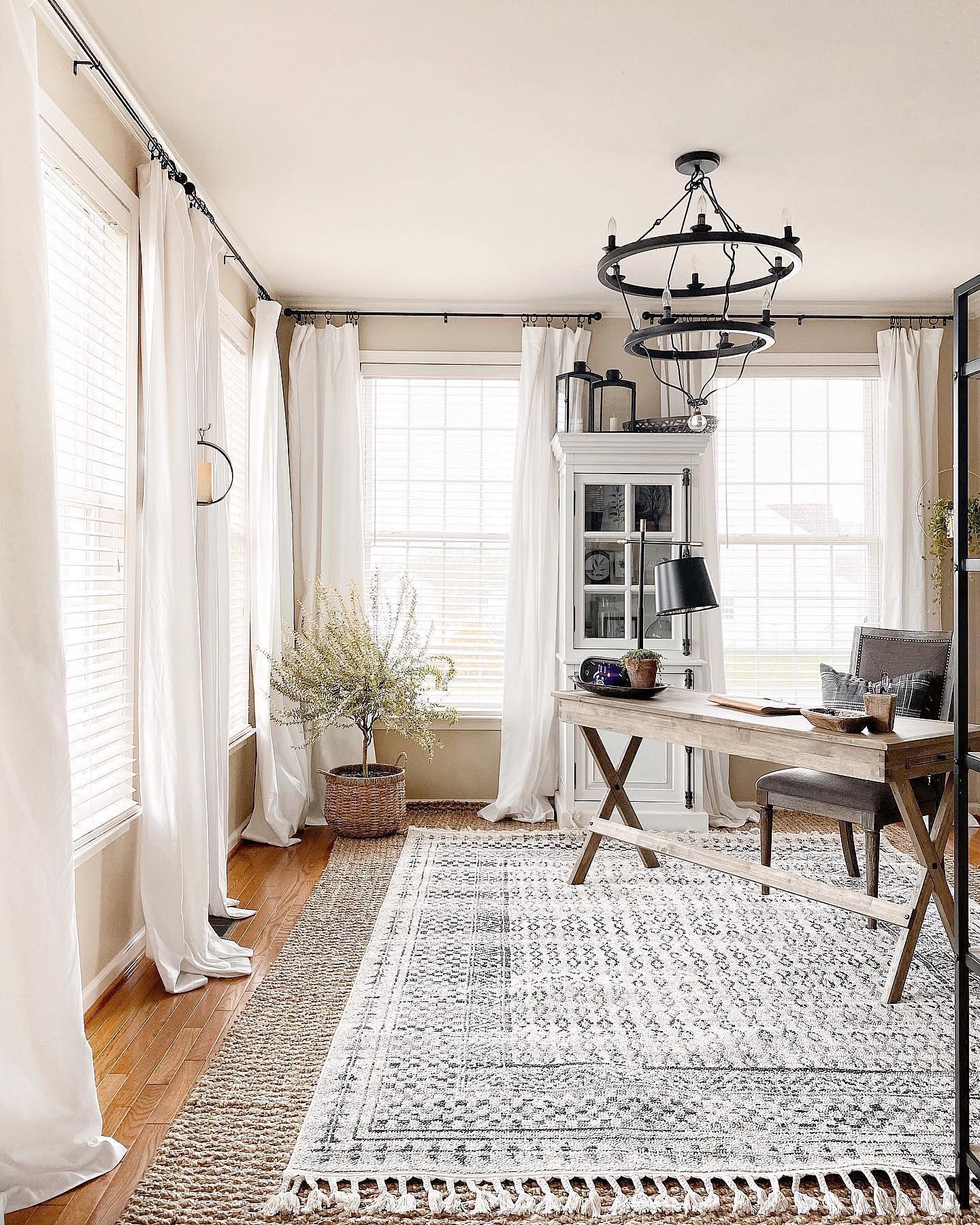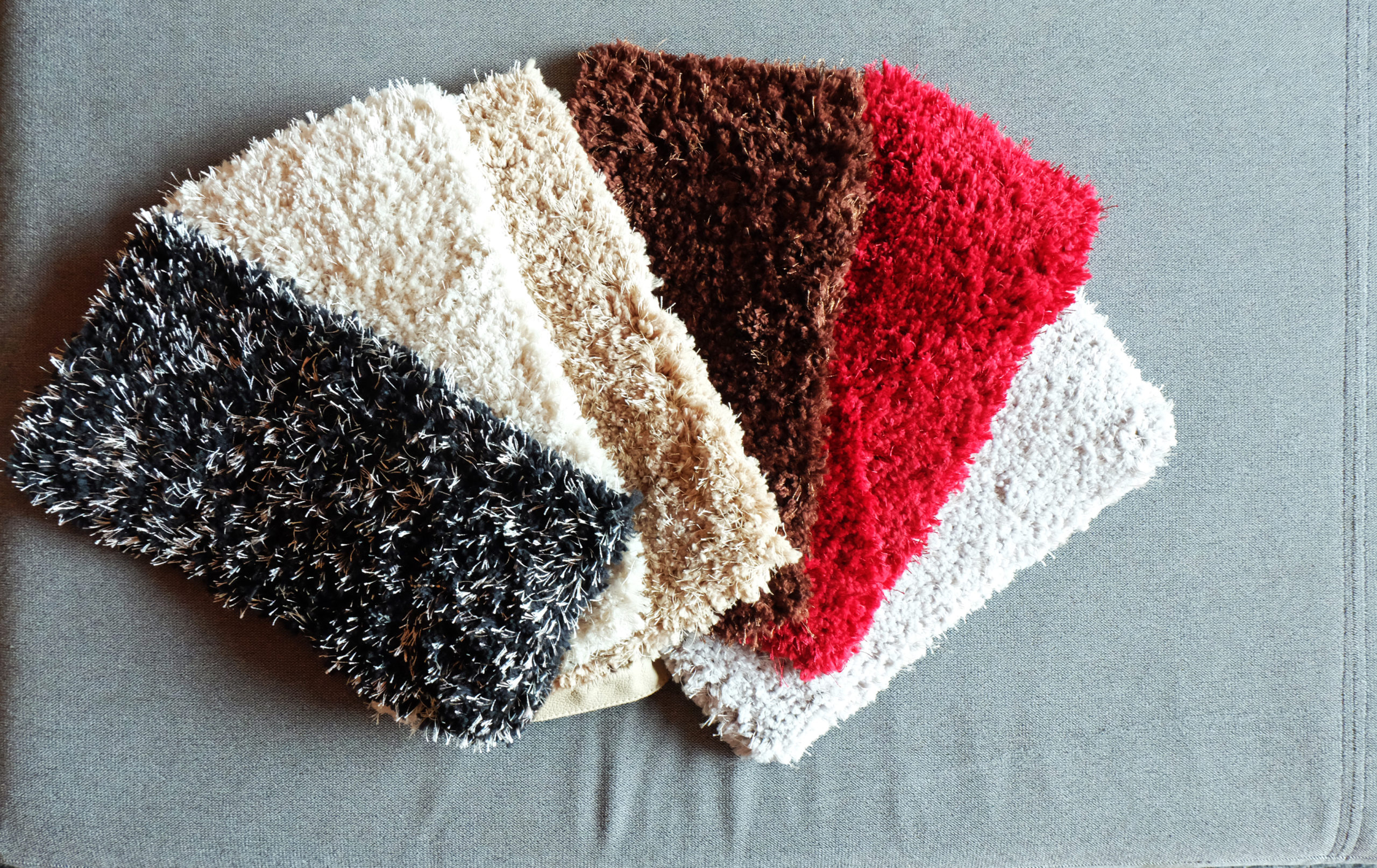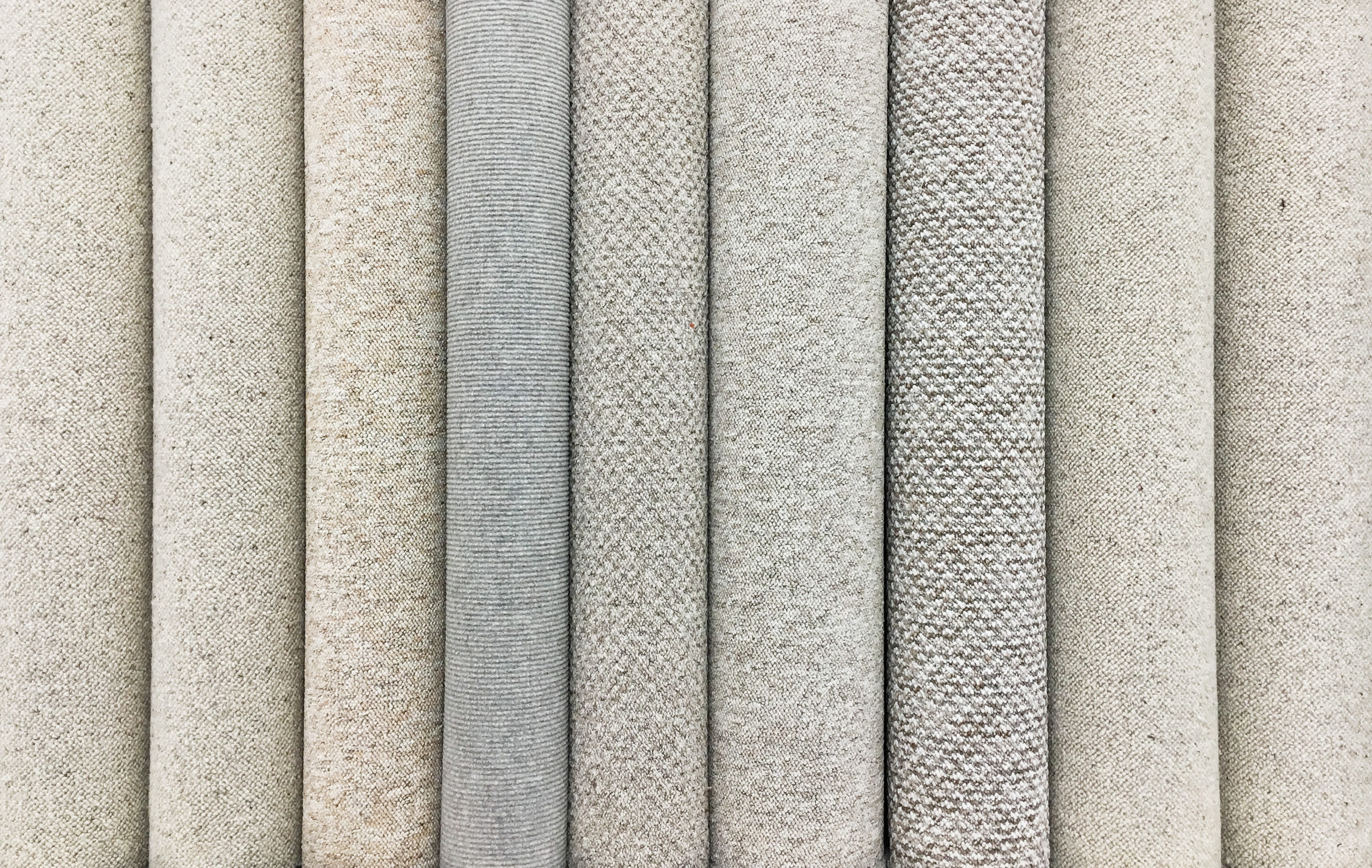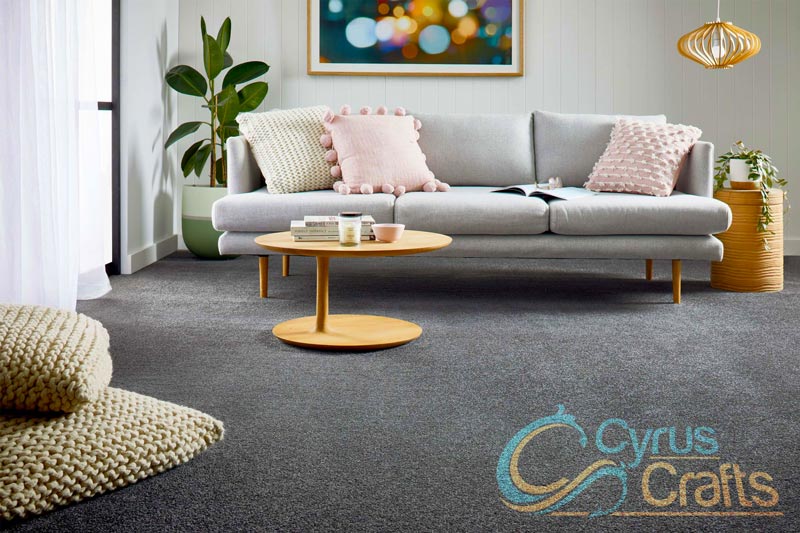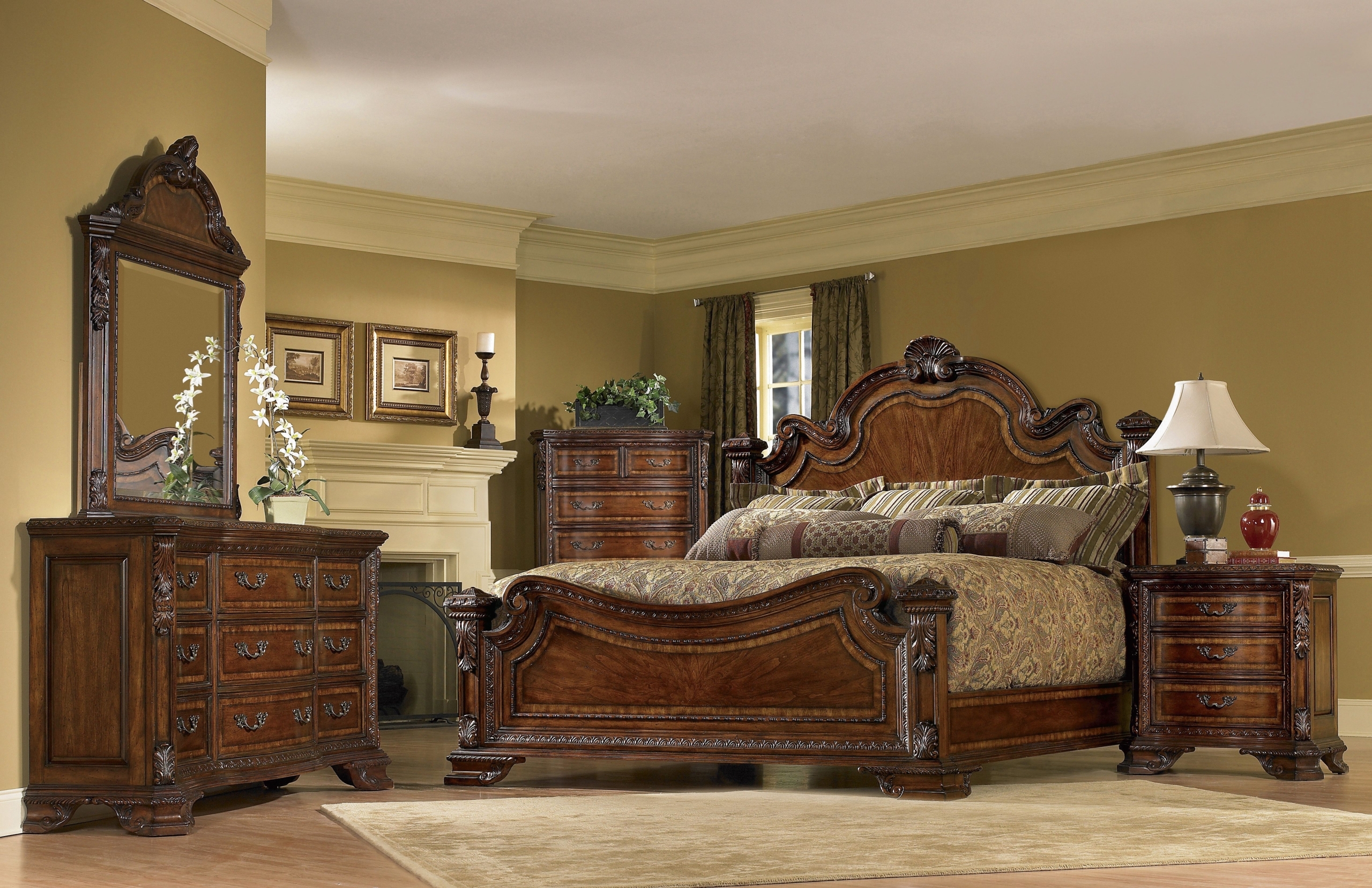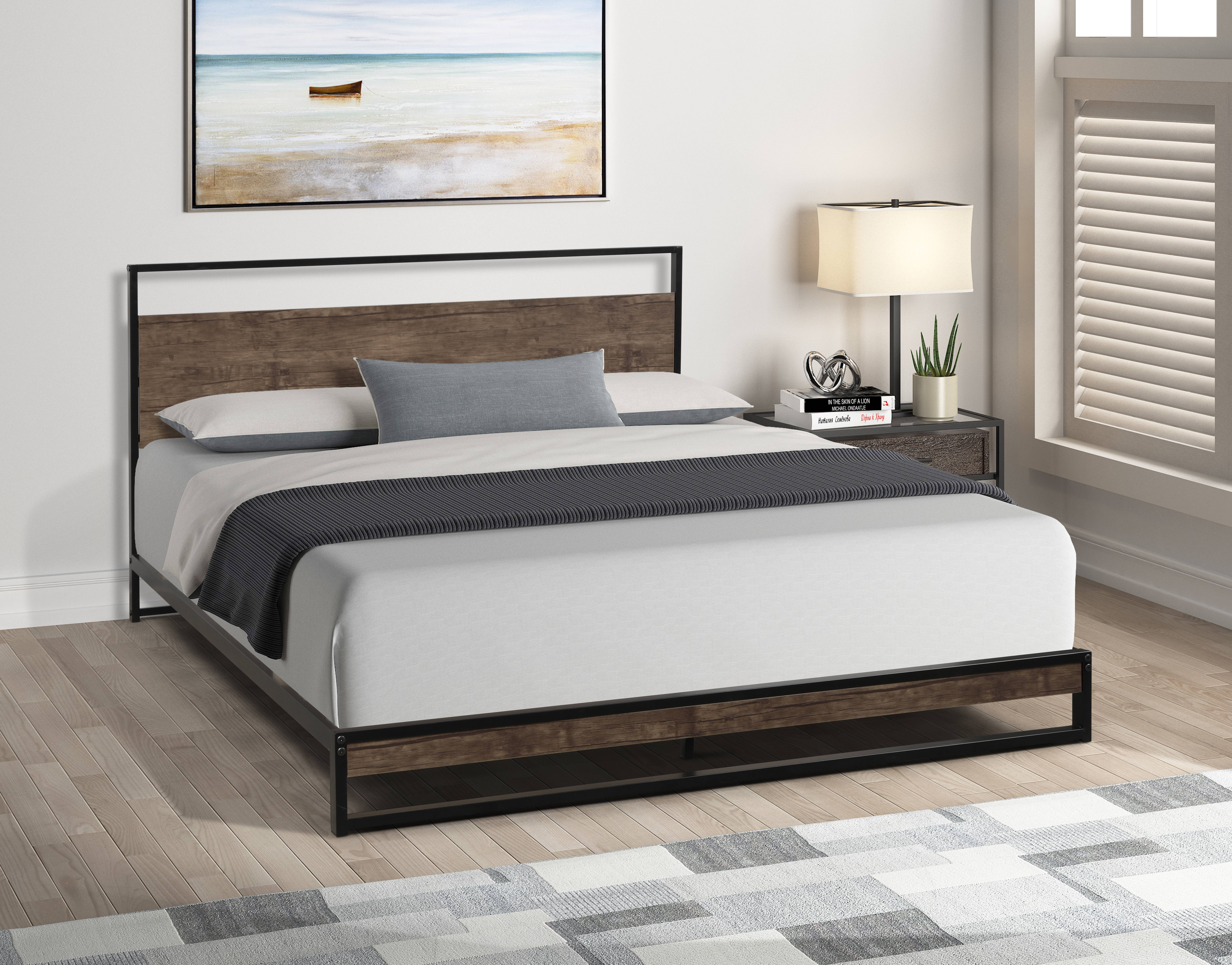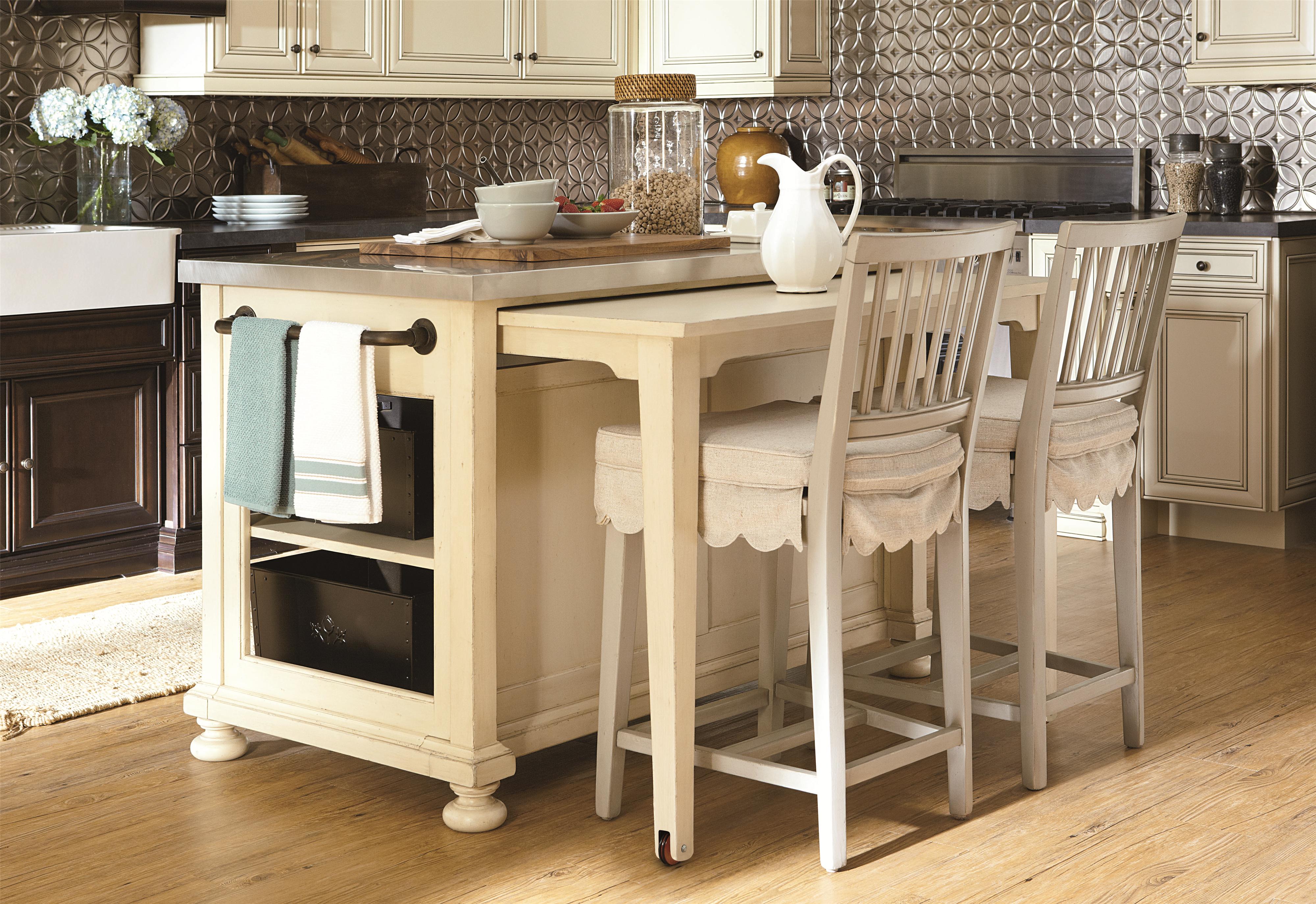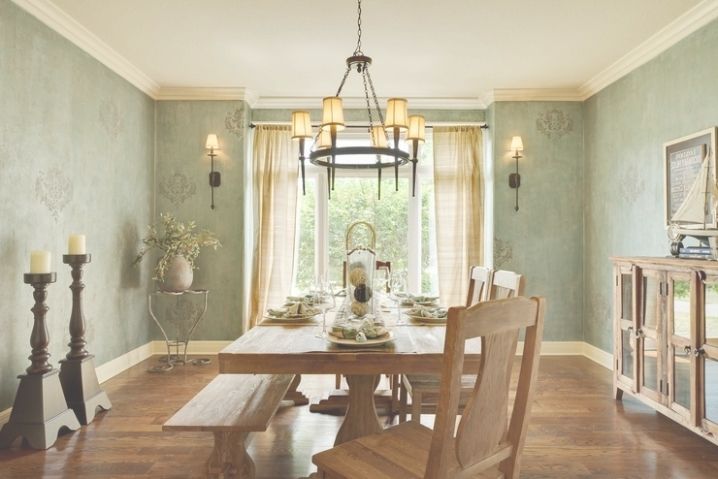Adding a rug on top of carpet can be a great way to add texture, color, and style to your living room. But with so many rug options and carpet styles, it can be overwhelming to figure out the best way to layer them. Don't worry, we've got you covered. Here's our guide to choosing the perfect size and style for a rug on top of carpet in your living room.Rug Placement on Carpet: How to Choose the Perfect Size and Style
Layering rugs on carpet is a popular trend that not only adds visual interest but also helps to define different areas in a room. But before you start piling rugs on top of each other, there are a few things to consider. First, make sure the rug you want to layer is a different size and shape than the carpet. This will help create contrast and prevent the room from looking too busy. You should also choose rugs with different textures and patterns to add depth to the space.How to Layer Rugs on Carpet: The Complete Guide
1. Choose the right size: When layering rugs on carpet, the top rug should be slightly smaller than the bottom carpet, leaving a border of at least 6 inches around the edges. 2. Consider the purpose: Think about the function of each area in your living room and choose rugs that will enhance and complement those spaces. 3. Mix and match patterns: Don't be afraid to mix and match patterns, but make sure they have a similar color palette to create a cohesive look. 4. Use a rug pad: To prevent rugs from slipping and sliding on top of carpet, use a rug pad underneath the top rug. 5. Layering with runners: If you have a long hallway or narrow space, consider layering a runner on top of carpet to add interest and break up the monotony. 6. Try different shapes: Don't limit yourself to just rectangular rugs. Experiment with round, oval, and even irregularly shaped rugs for a unique look. 7. Add a pop of color: If your carpet is a neutral color, use a brightly colored or patterned rug as the top layer to add a pop of color and personality to the room. 8. Stick with a theme: If your living room has a specific theme or style, choose rugs that complement and enhance that theme. 9. Layering with different textures: Layering rugs with different textures, such as a shag rug on top of a flat-woven carpet, can add dimension and visual interest to the room. 10. Don't be afraid to break the rules: Ultimately, decorating is all about personal style and preference. So don't be afraid to break the rules and experiment with different rug and carpet combinations to find what works best for your space.10 Tips for Decorating with Rugs on Carpet
If you're worried about your top rug slipping and sliding on the carpet, there are a few things you can do to keep it in place. First, make sure to use a rug pad underneath the rug. Rug pads not only prevent slipping but also add cushion and extend the life of your rug. You can also use double-sided carpet tape or rug grippers to secure the rug to the carpet. Another option is to use furniture to anchor the rug in place. Place heavy furniture, such as a coffee table or sofa, on the edges of the rug to keep it from shifting.How to Keep Rugs from Slipping on Carpet
Dos: - Do choose a rug with a different size and shape than the carpet. - Do mix and match patterns and textures for a layered look. - Do consider the purpose and function of each area in your living room when choosing rugs. - Do use a rug pad to prevent slipping and extend the life of your rug. - Do experiment and have fun with different rug and carpet combinations. Don'ts: - Don't use rugs with the same size and shape as the carpet. - Don't choose rugs with clashing colors or patterns. - Don't forget to secure the rug in place to prevent slipping.The Dos and Don'ts of Layering Rugs on Carpet
When it comes to choosing the right rug for your living room, there are a few factors to consider. First, think about the size and shape of your room and choose a rug that will fit comfortably within the space. Next, consider the color and style of your furniture and walls and choose a rug that will complement and enhance those elements. Lastly, think about the purpose of the rug and choose one that will serve that purpose, whether it's adding texture or defining a certain area in the room.How to Choose the Right Rug for Your Living Room
1. Adds texture: Layering rugs on carpet can add texture and dimension to a room, making it feel more cozy and inviting. 2. Defines areas: Layering rugs can help define different areas in a room, such as a seating area or dining area. 3. Adds color and style: Rugs are a great way to add color and style to a room, especially when layered on top of a neutral carpet. 4. Covers imperfections: If your carpet has imperfections or stains, layering a rug on top can help cover them up and add a new focal point to the room. 5. Easy to change: Layering rugs on carpet is an easy way to change up the look of a room without committing to a new carpet or large furniture pieces.5 Reasons to Layer Rugs on Carpet
When it comes to layering rugs on carpet, there are a few types of rugs that work best: - Flat-woven or low-pile rugs: These types of rugs are thin and won't add too much bulk when layered on top of carpet. - Natural fiber rugs: Rugs made from natural fibers, such as jute or sisal, add texture and can easily be layered on top of carpet. - Shag or plush rugs: These types of rugs add depth and can create a cozy and comfortable feel when layered on top of carpet.The Best Types of Rugs for Layering on Carpet
If you're still unsure about layering a rug on your carpet, here are a few tips to help make it work in your space: - Choose rugs with similar colors and styles to create a cohesive look. - Experiment with different sizes and shapes to find the perfect combination. - Use furniture to anchor the rug in place and prevent slipping. - Don't be afraid to mix and match patterns and textures for a unique and personalized look.How to Make a Rug on Carpet Work in Your Space
Pros: - Adds texture and dimension to a room. - Helps define different areas in a space. - Easy to change up the look of a room without committing to new carpet or furniture. Cons: - Can be tricky to keep the top rug from slipping. - Can add bulk to the room if not layered properly. - May not work with all carpet and rug combinations.The Pros and Cons of Layering Rugs on Carpet
Why Adding a Rug on Top of Carpet Can Elevate Your Living Room Design

The Benefits of Layering Rugs
 When it comes to designing a living room, many homeowners focus on choosing the right furniture, wall color, and decor. However, one often overlooked element that can make a big impact on the overall design is the
rug
. And if you have carpet in your living room, adding a rug on top of it can take your design to the next level. Layering rugs not only adds visual interest and texture to the room, but it also has practical benefits.
When it comes to designing a living room, many homeowners focus on choosing the right furniture, wall color, and decor. However, one often overlooked element that can make a big impact on the overall design is the
rug
. And if you have carpet in your living room, adding a rug on top of it can take your design to the next level. Layering rugs not only adds visual interest and texture to the room, but it also has practical benefits.
Enhance the Aesthetic Appeal
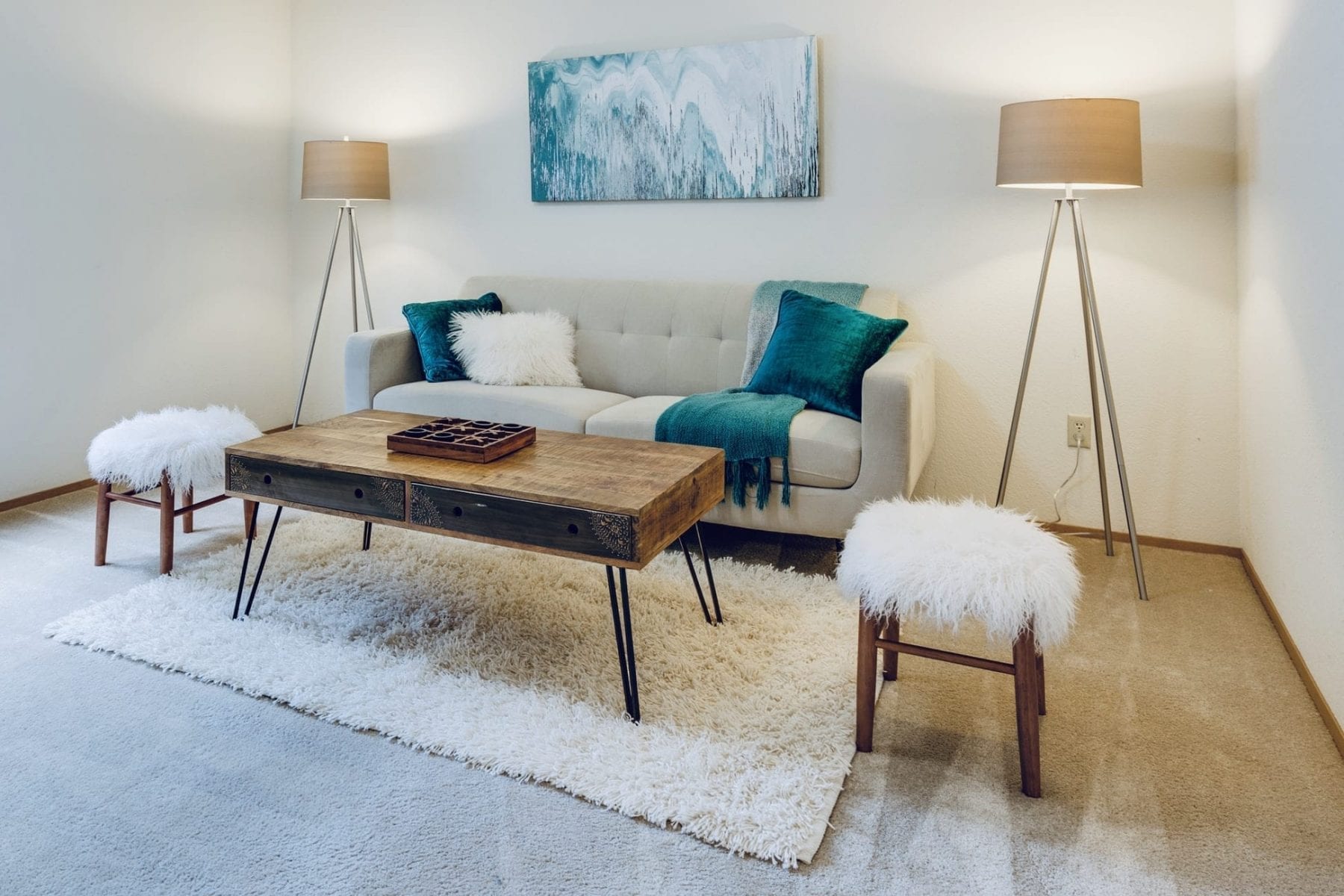 One of the main reasons to add a rug on top of carpet in the living room is to enhance its aesthetic appeal. A
rug
can act as a focal point in the room, adding a pop of color or pattern to an otherwise neutral space. It can also tie in different design elements and bring cohesiveness to the room. For example, if you have a bold-colored sofa, a rug with similar hues can help tie everything together and create a cohesive look.
One of the main reasons to add a rug on top of carpet in the living room is to enhance its aesthetic appeal. A
rug
can act as a focal point in the room, adding a pop of color or pattern to an otherwise neutral space. It can also tie in different design elements and bring cohesiveness to the room. For example, if you have a bold-colored sofa, a rug with similar hues can help tie everything together and create a cohesive look.
Add Texture and Dimension
 Layering rugs can also add texture and dimension to your living room. By combining different textures, such as a plush carpet and a woven
area rug
, you can create a more dynamic and interesting space. This can also make the room feel more cozy and inviting, especially during colder months.
Layering rugs can also add texture and dimension to your living room. By combining different textures, such as a plush carpet and a woven
area rug
, you can create a more dynamic and interesting space. This can also make the room feel more cozy and inviting, especially during colder months.
Conceal Imperfections
 Another practical benefit of adding a rug on top of carpet is that it can help conceal imperfections in your flooring. If your carpet has stains or wear and tear, placing an
area rug
on top can cover them up and give your living room a fresh look. This is also a great option for renters who want to add some personality to their space without making permanent changes.
Another practical benefit of adding a rug on top of carpet is that it can help conceal imperfections in your flooring. If your carpet has stains or wear and tear, placing an
area rug
on top can cover them up and give your living room a fresh look. This is also a great option for renters who want to add some personality to their space without making permanent changes.
Easy to Change and Update
 Rugs are a great way to change up the look of a room without committing to a major renovation. By layering rugs on top of carpet, you can easily switch them out for different seasons or whenever you feel like refreshing your living room design. This allows for more flexibility and creativity in your interior design.
Rugs are a great way to change up the look of a room without committing to a major renovation. By layering rugs on top of carpet, you can easily switch them out for different seasons or whenever you feel like refreshing your living room design. This allows for more flexibility and creativity in your interior design.
In Conclusion
 Adding a rug on top of carpet in the living room can have a significant impact on the overall design. It adds visual interest, texture, and can even have practical benefits. So if you have carpet in your living room, consider layering a rug on top to elevate your space and create a stylish and comfortable environment.
Adding a rug on top of carpet in the living room can have a significant impact on the overall design. It adds visual interest, texture, and can even have practical benefits. So if you have carpet in your living room, consider layering a rug on top to elevate your space and create a stylish and comfortable environment.



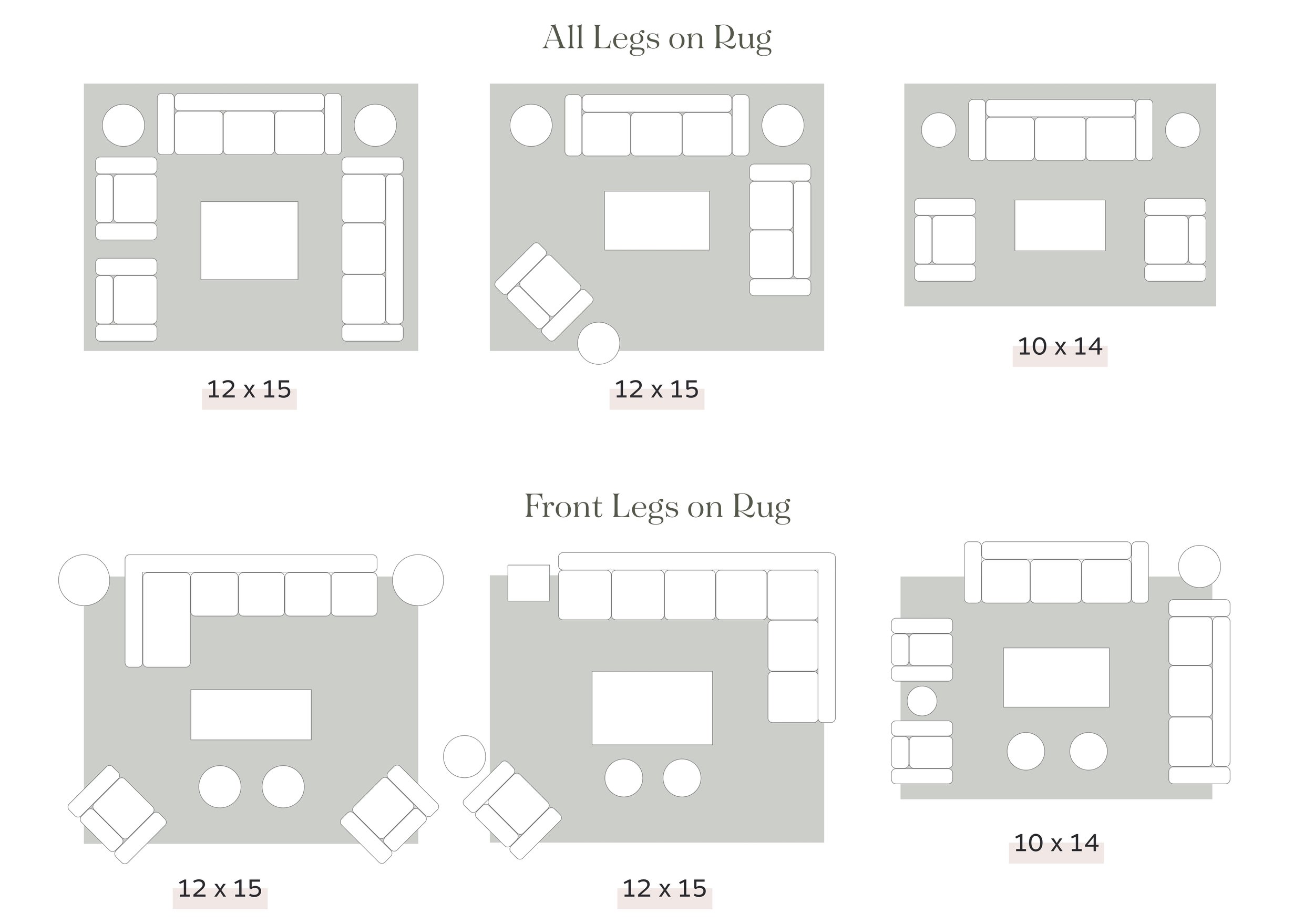



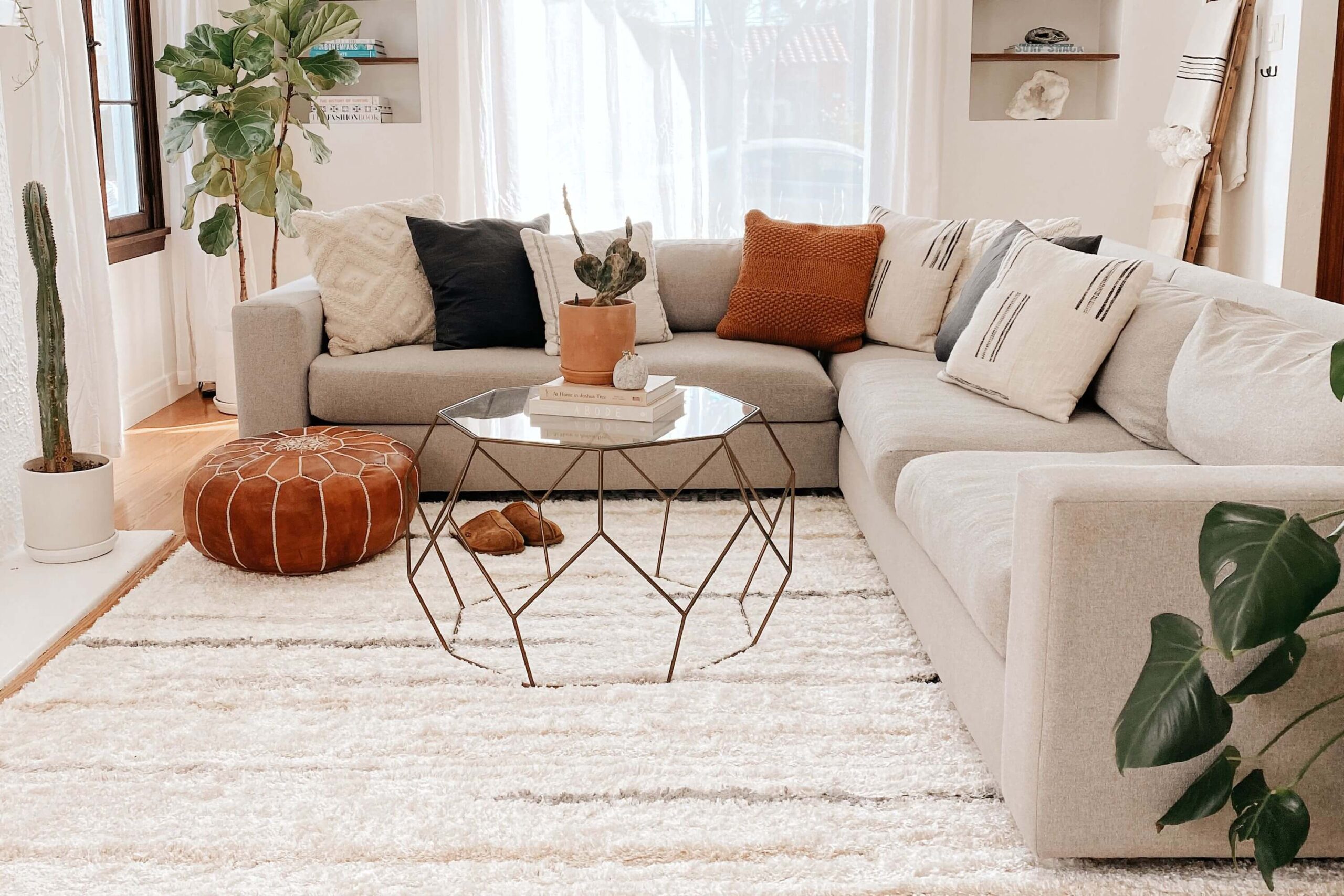
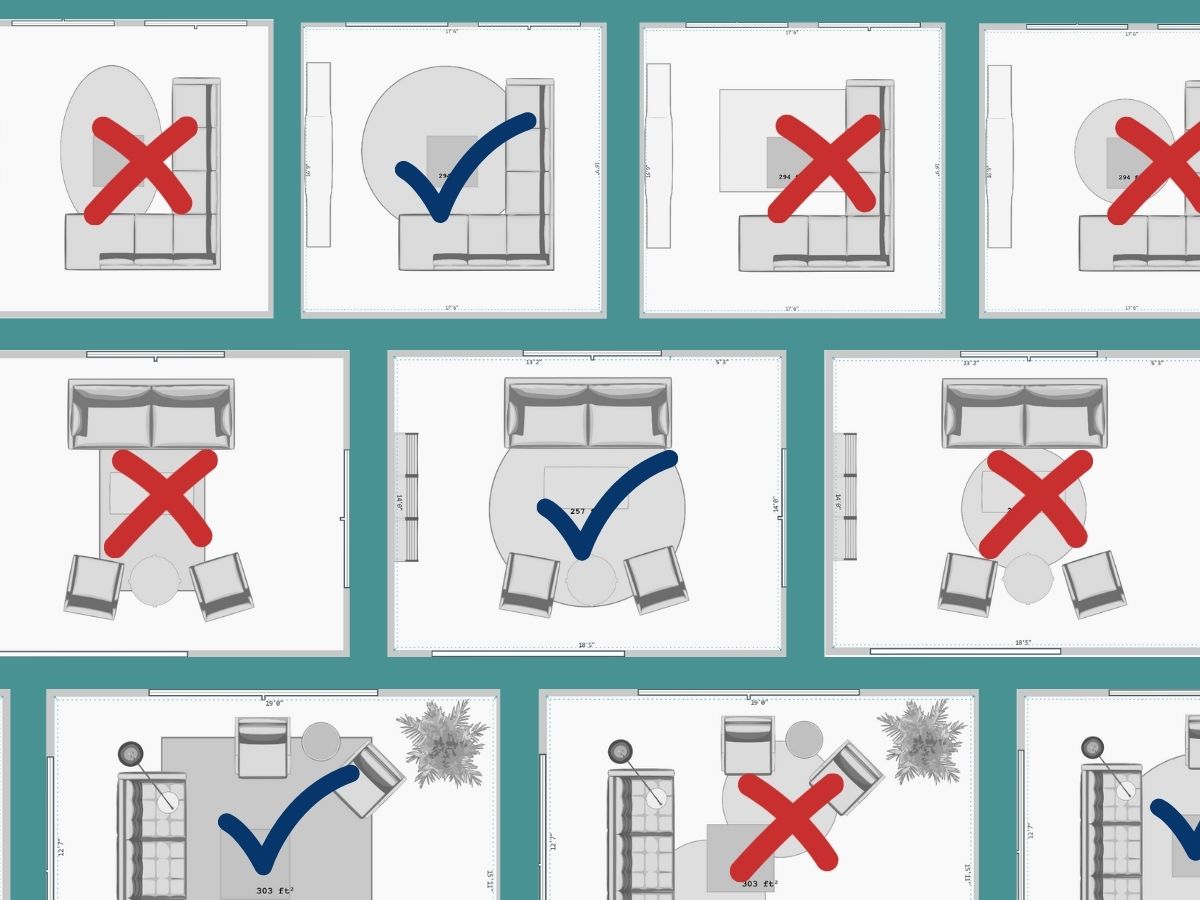

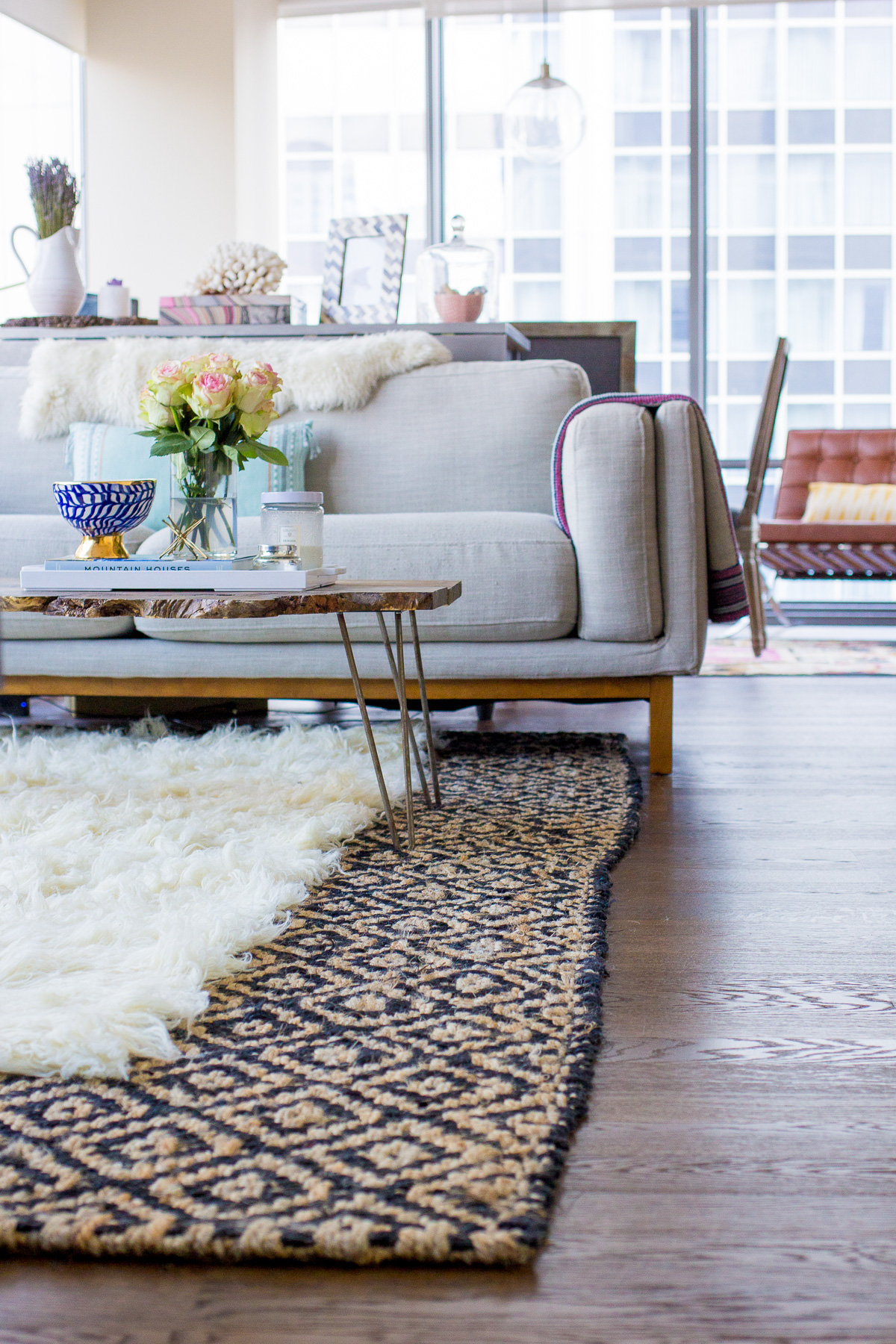


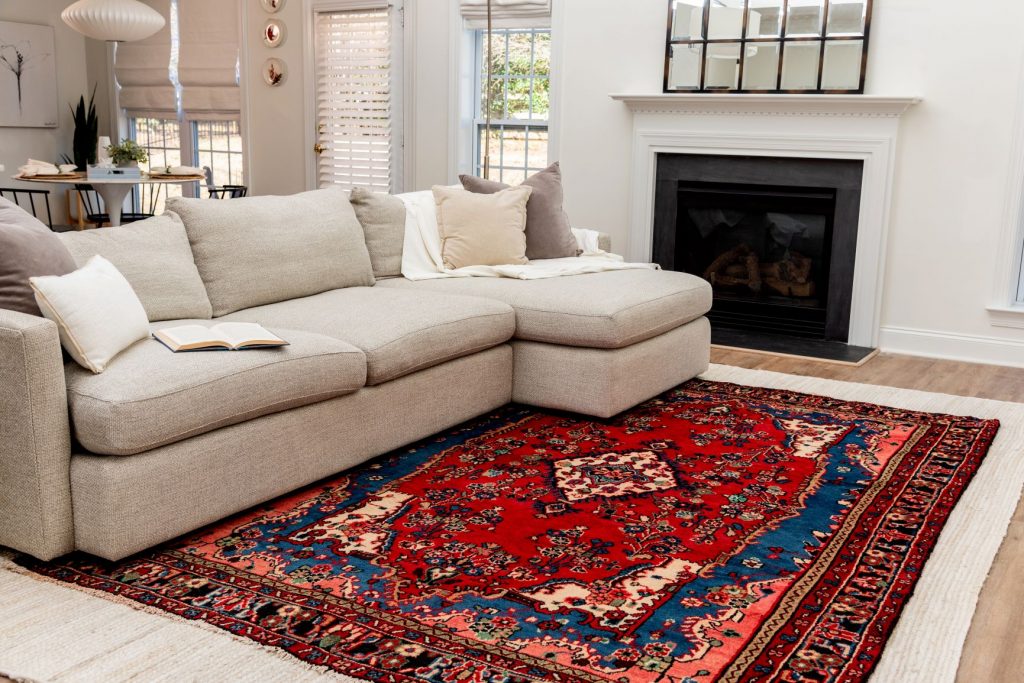
:max_bytes(150000):strip_icc()/things-to-think-about-when-layering-rugs-4092352-hero-29854f52ce2140608d27e9530a99eeb1.jpg)
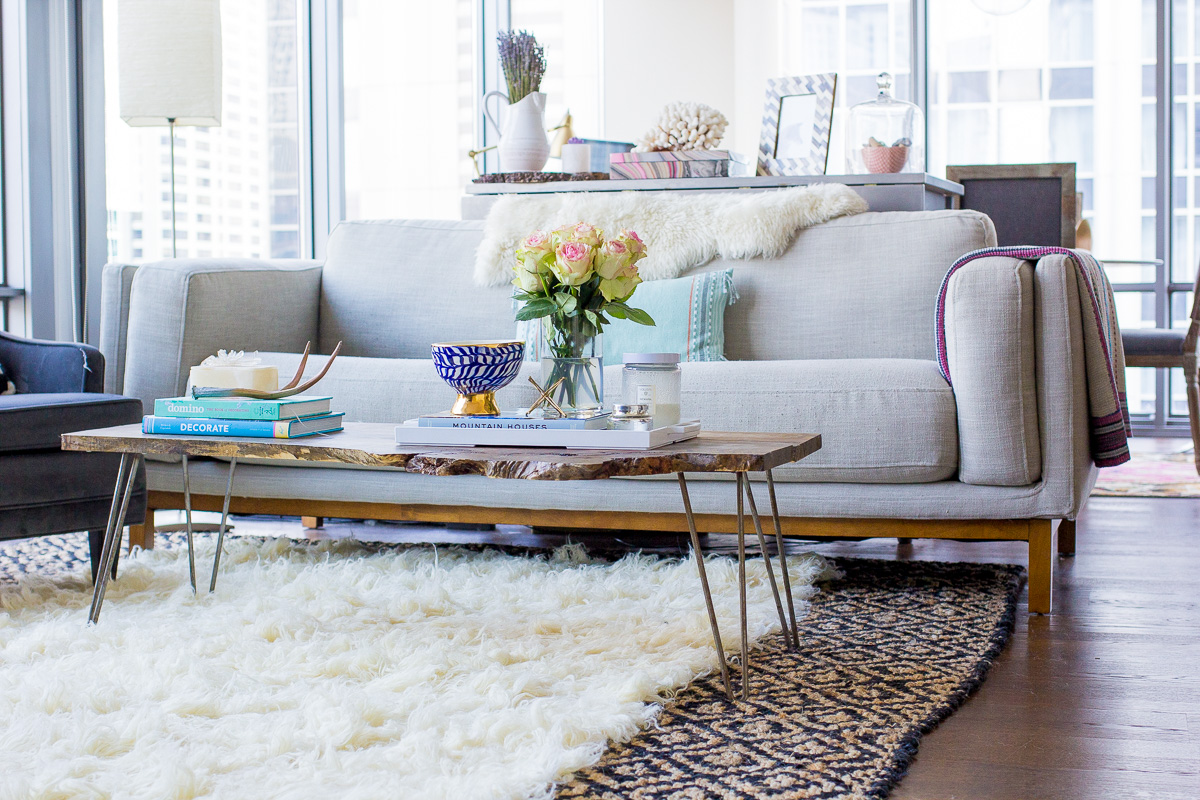

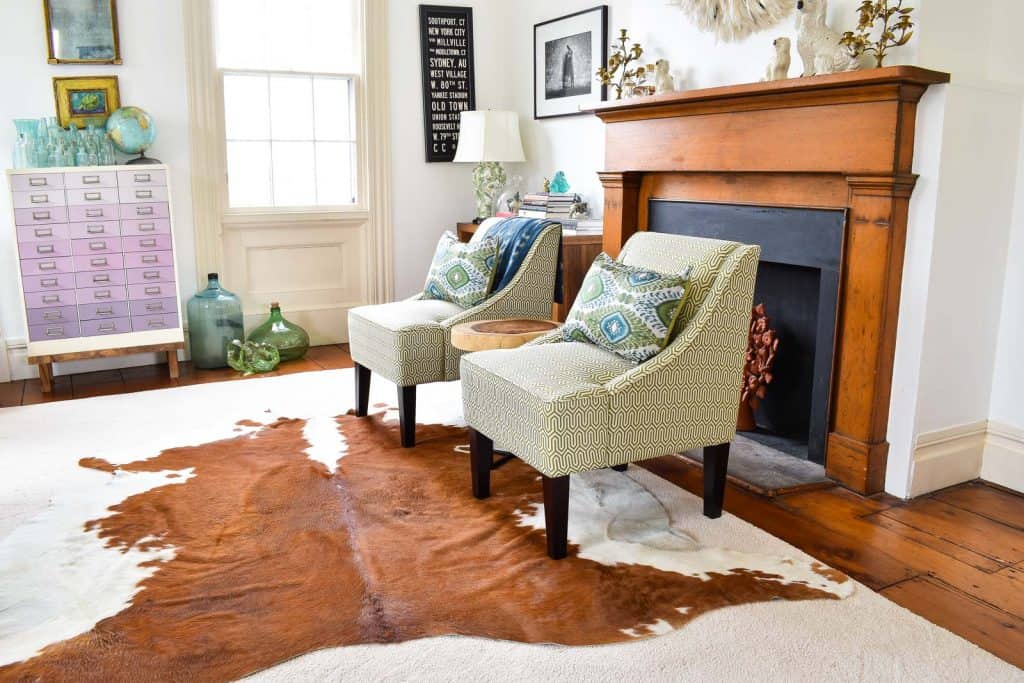
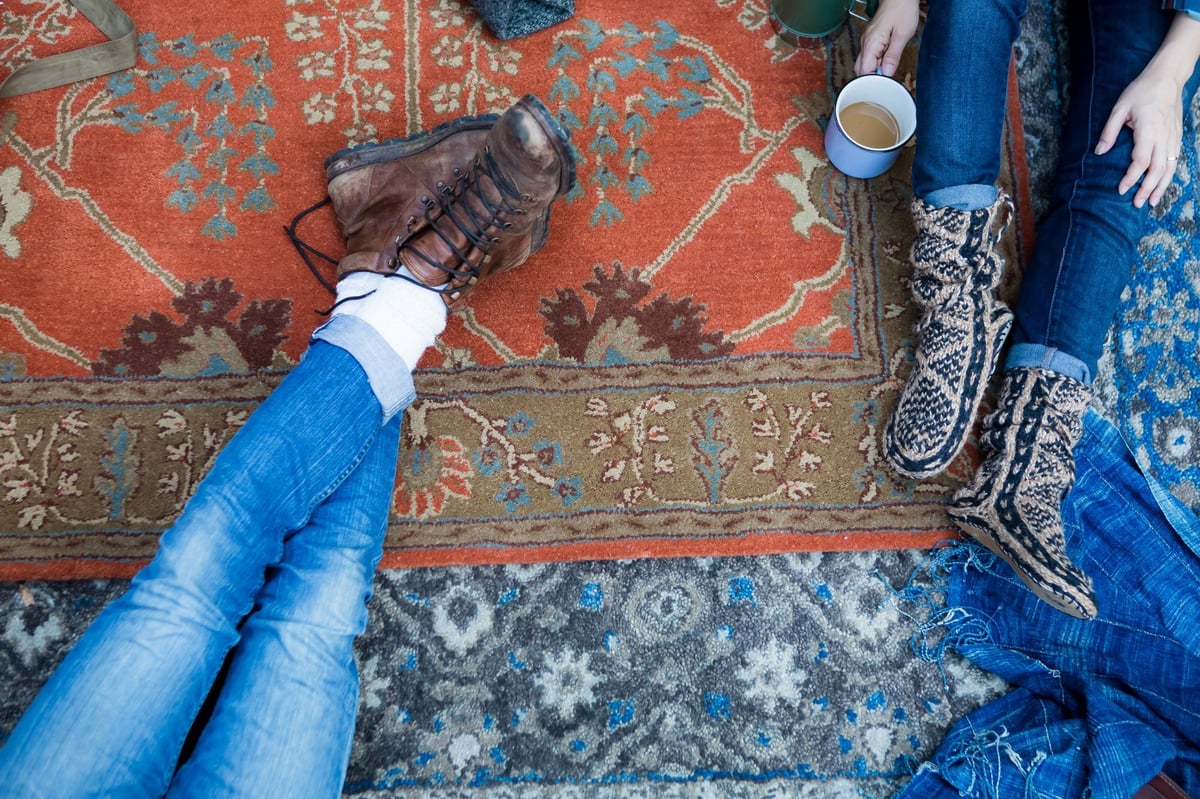
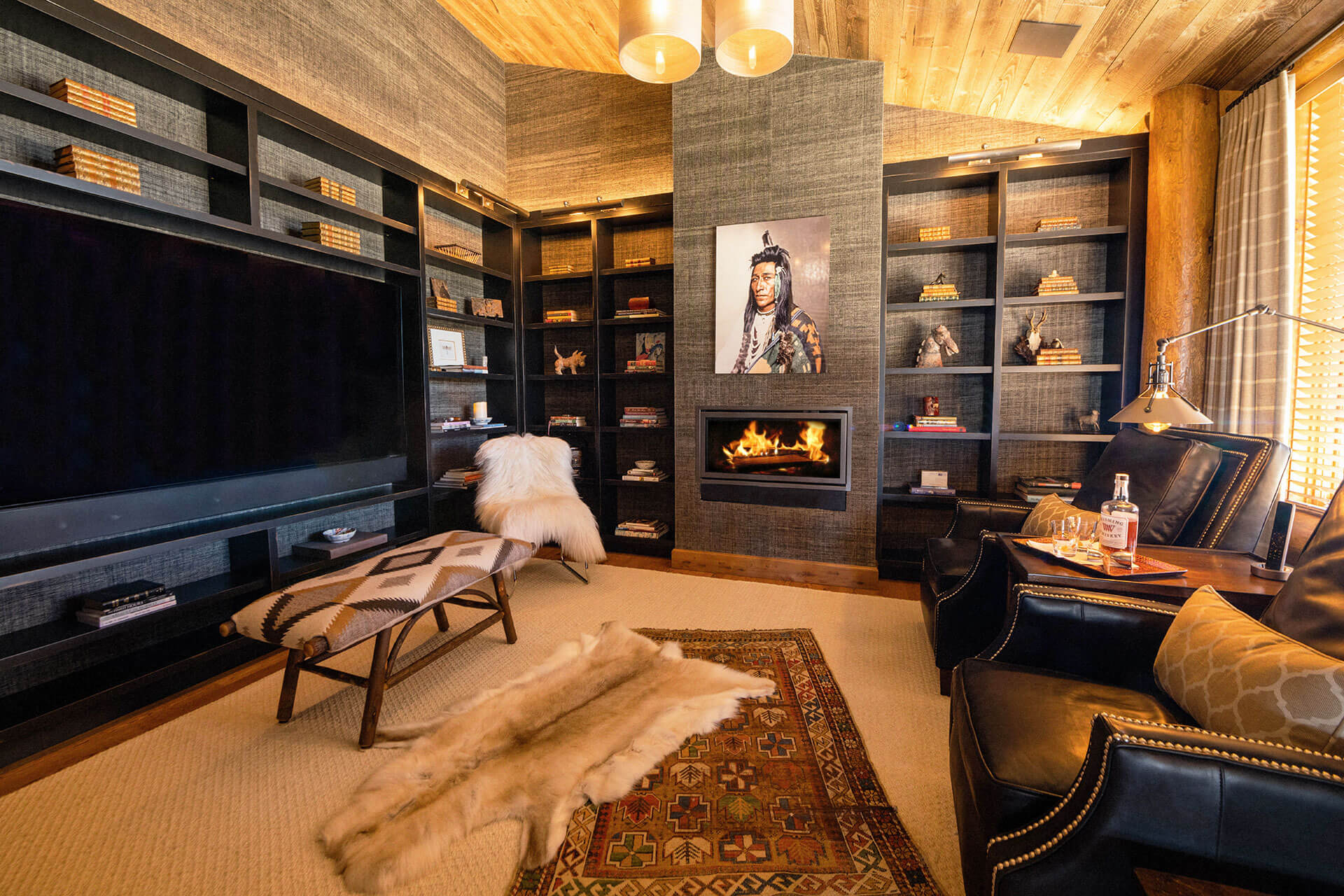





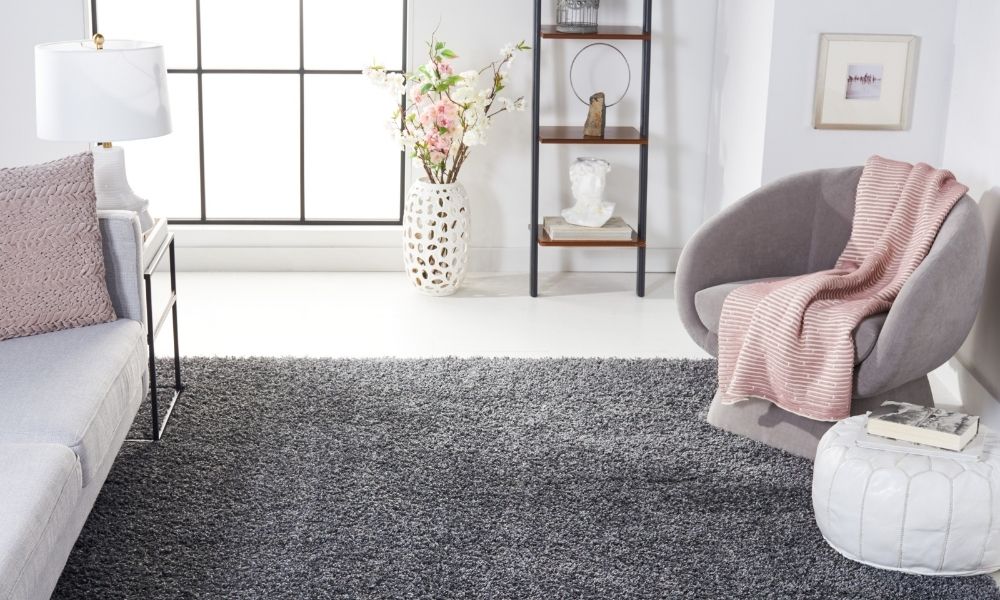








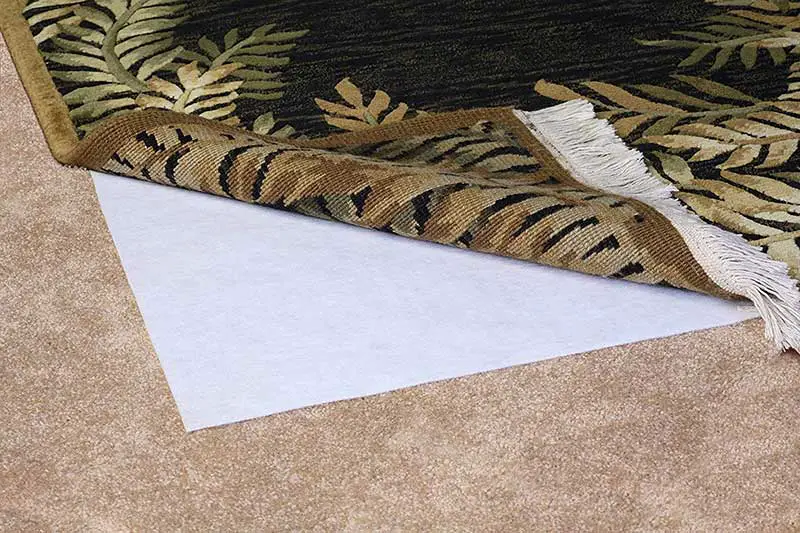



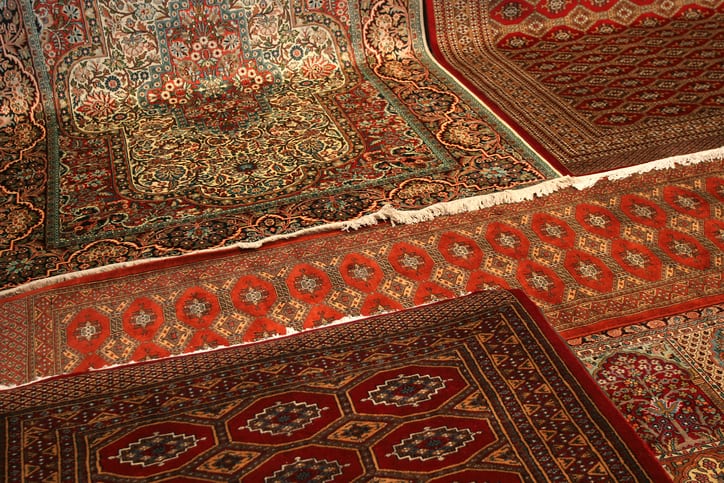

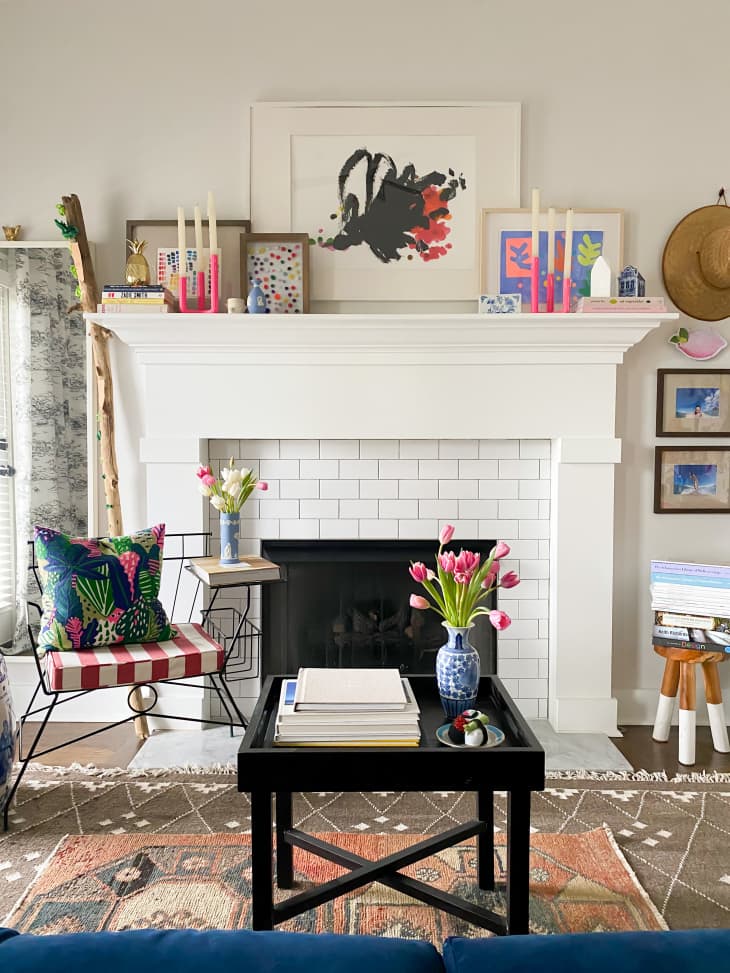



/Retouched-Laura-Genevieve-horizontal-af3b84469eb848d99572faeda9950803.jpg)

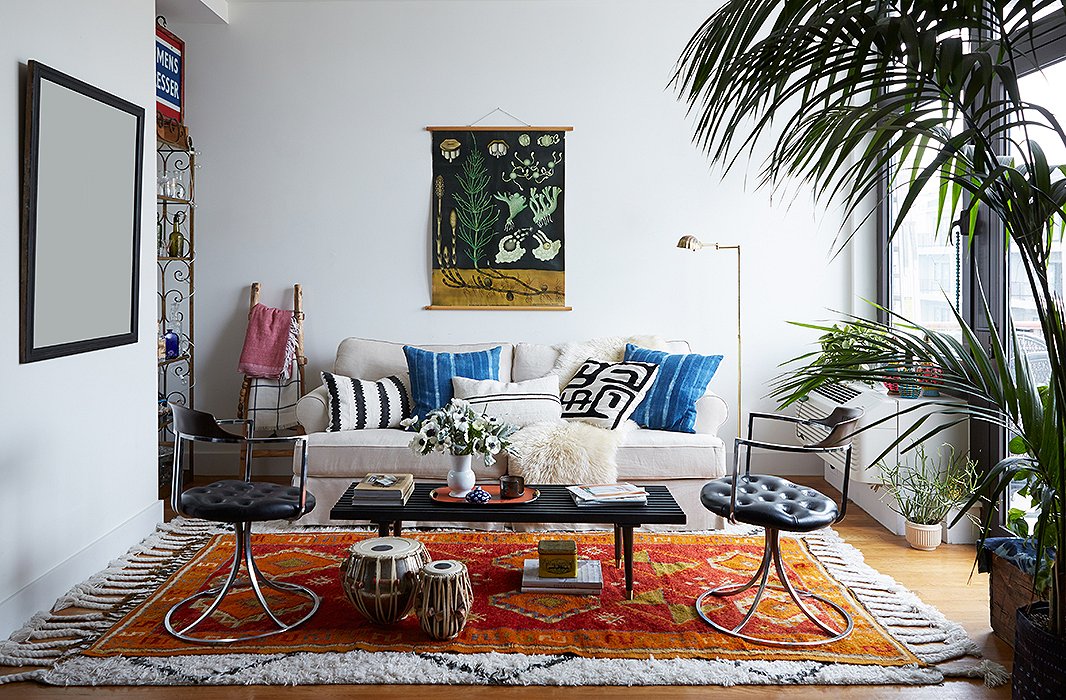










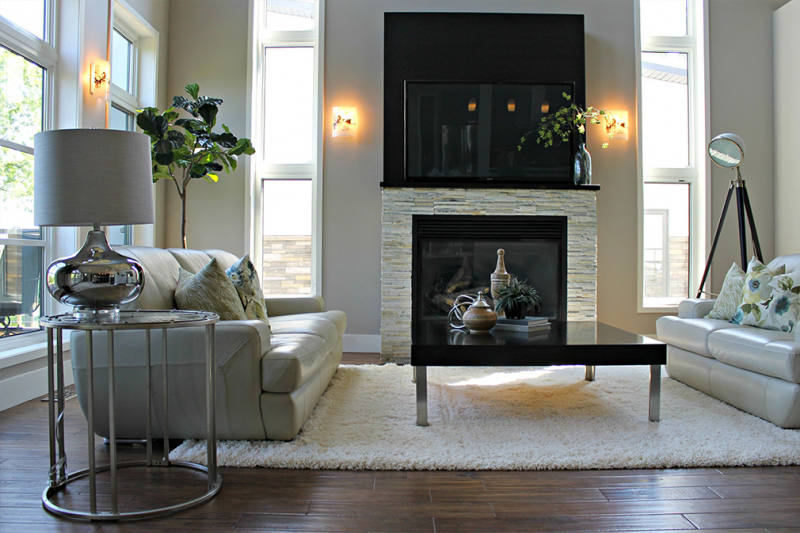

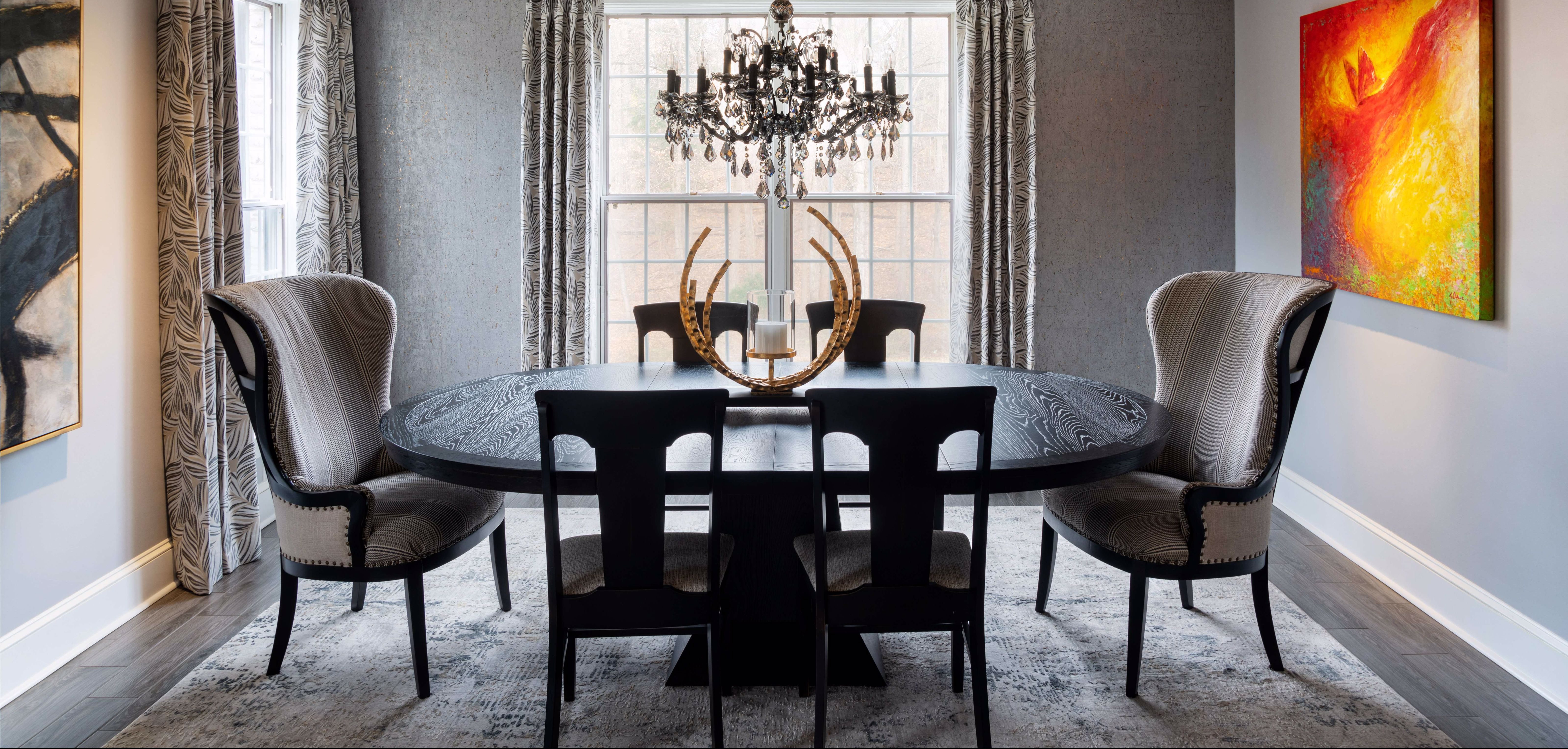




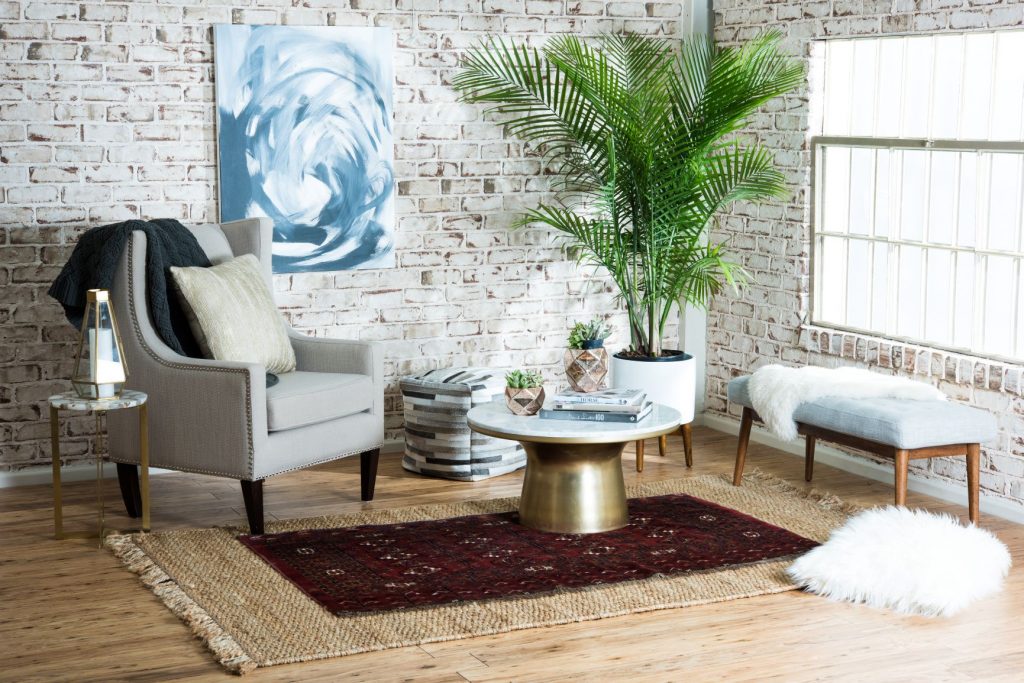

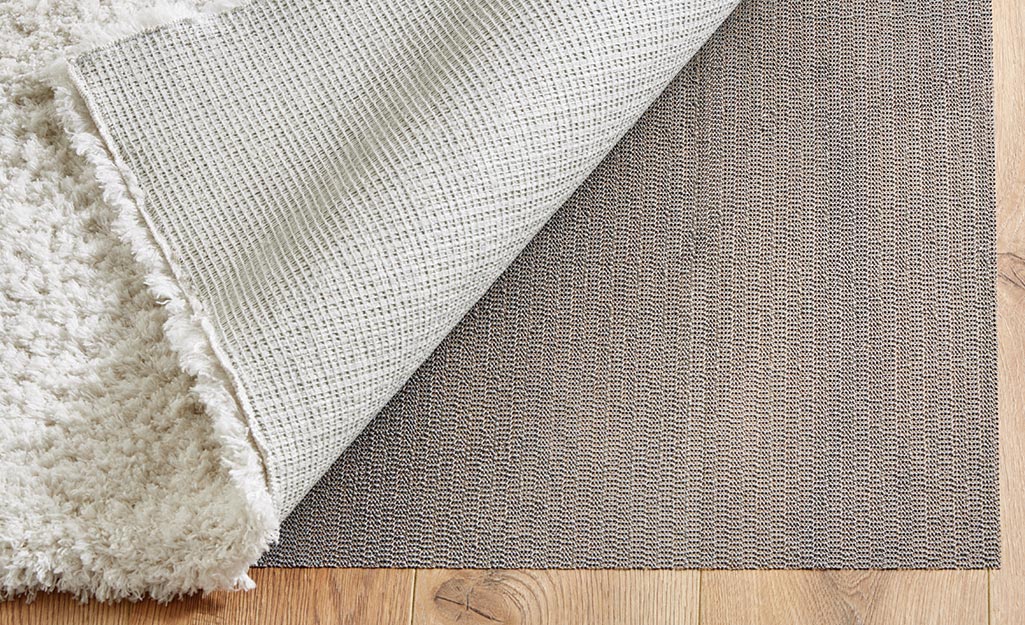



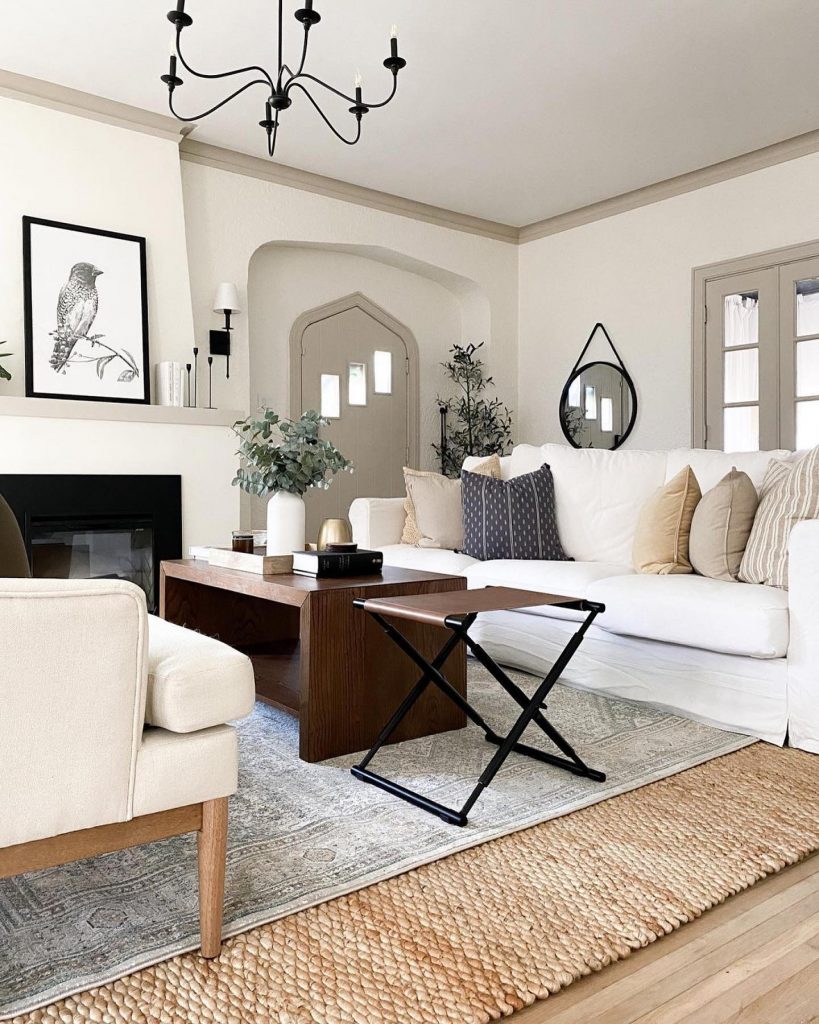
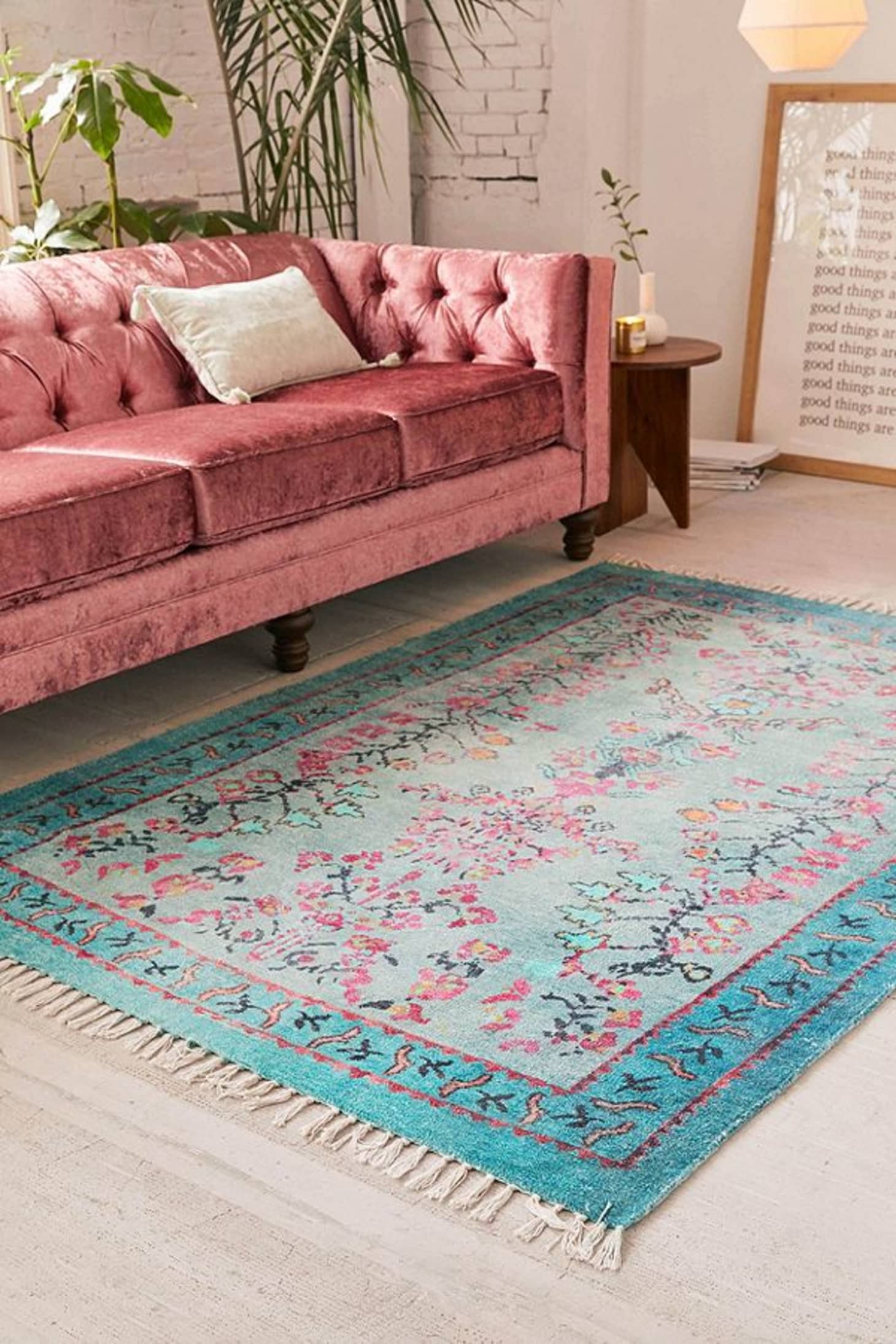
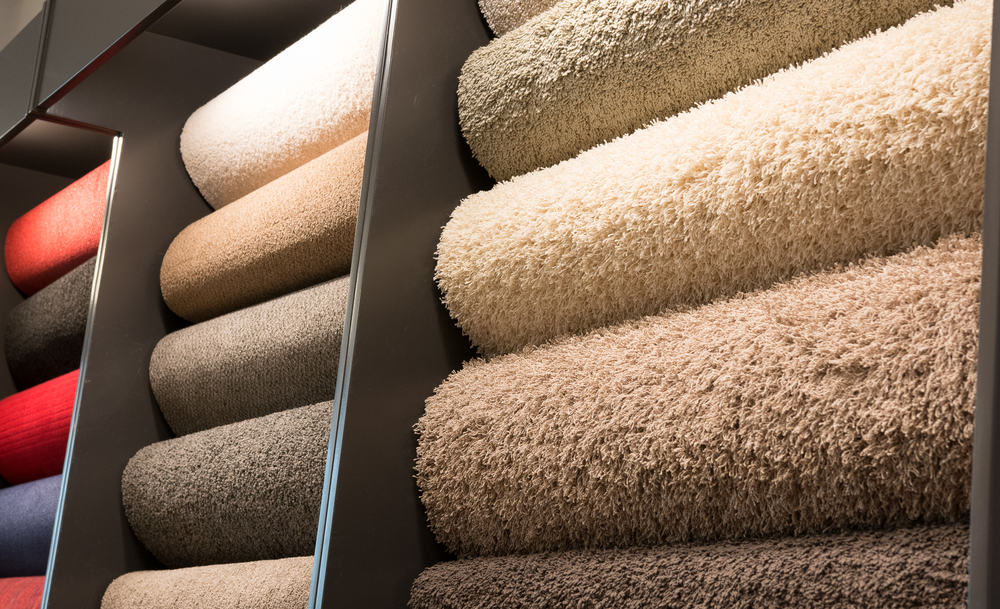
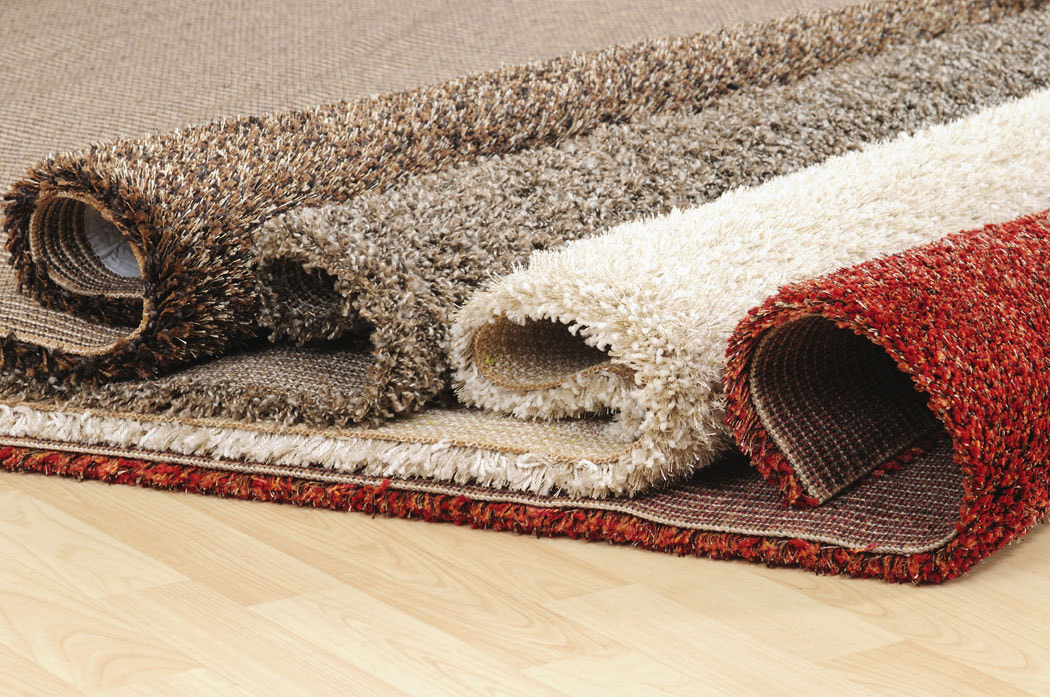

:max_bytes(150000):strip_icc()/carpet-sample-board-colors-56a812473df78cf7729bdf2f.jpg)




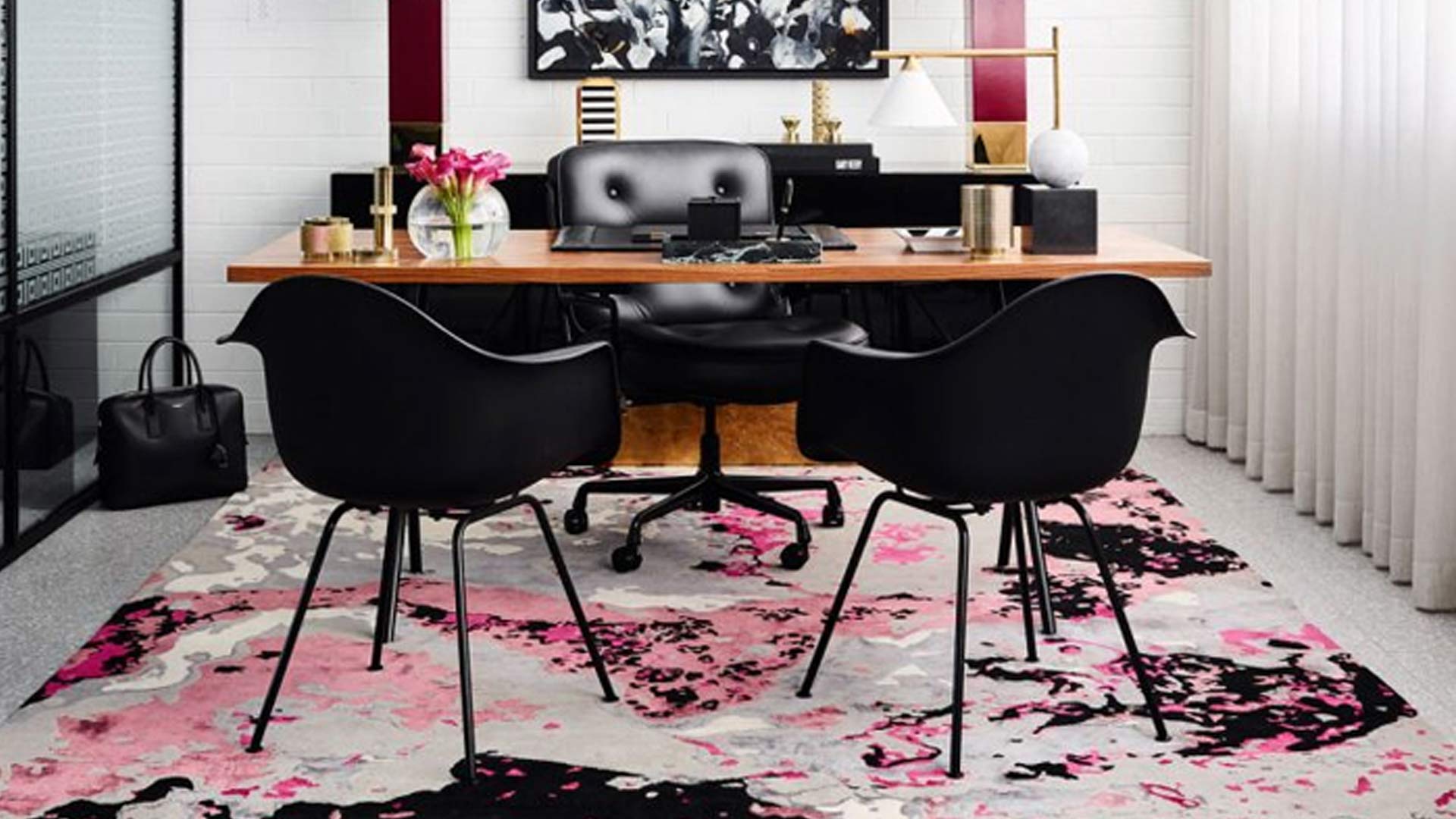



/AmyCooper-MarcellaAlanAfter1-5bef478326874b728b526bac19649802.jpg)
/using-area-rugs-over-carpet-2908732-02-f3b860e039fd495e9fb1a0d598543102.jpg)


